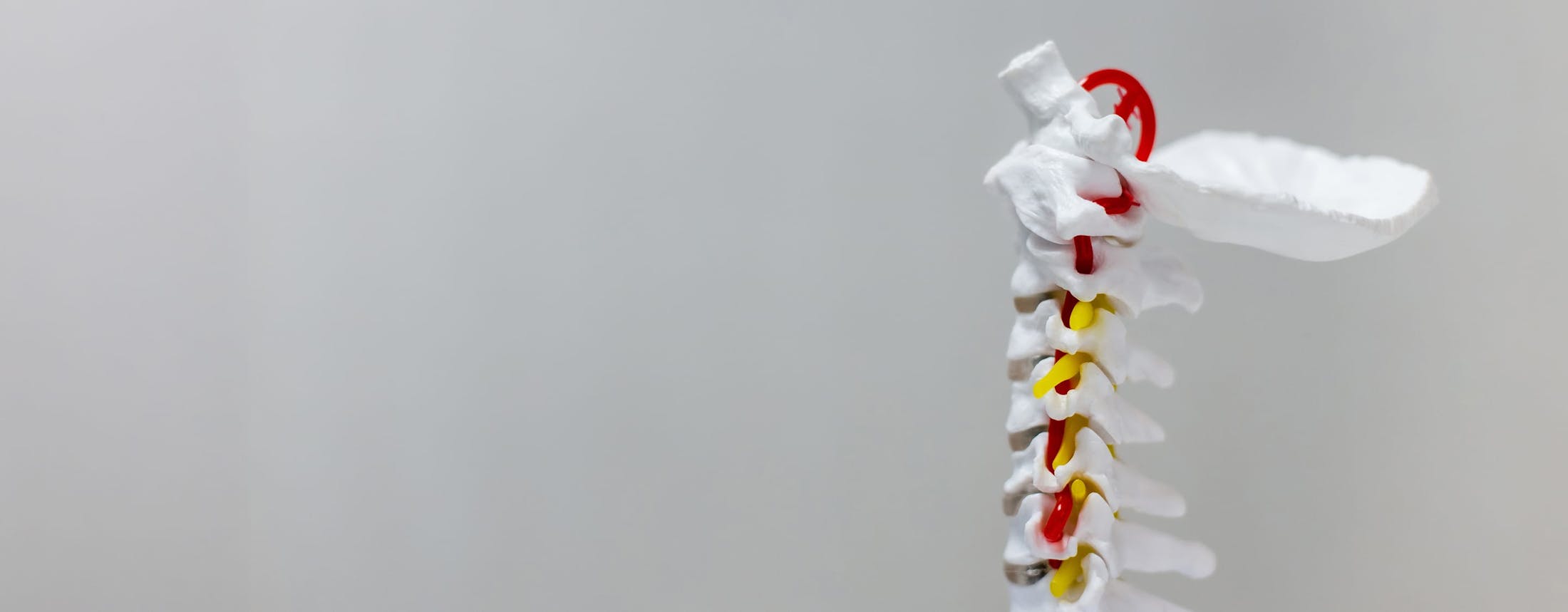At Gerling Spine Care NJ, we provide advanced surgical solutions for treating spinal stenosis, a condition in which the spinal canal narrows and puts pressure on the spinal cord and nerves. This compression can lead to pain, numbness, weakness, and, in some cases, loss of function. Our expert team, led by Dr. Michael Gerling, is committed to offering personalized, effective treatments to relieve your symptoms and restore your quality of life.
Indications for Spinal Stenosis Surgery
Surgical intervention for spinal stenosis is typically recommended when:
- Conservative treatments, such as physical therapy, medications, or epidural injections, no longer provide relief.
- The symptoms are significantly affecting your quality of life.
- The condition is causing neurological deficits, such as weakness, numbness, or loss of function.
- Severe stenosis is putting pressure on the spinal cord or nerve roots.






